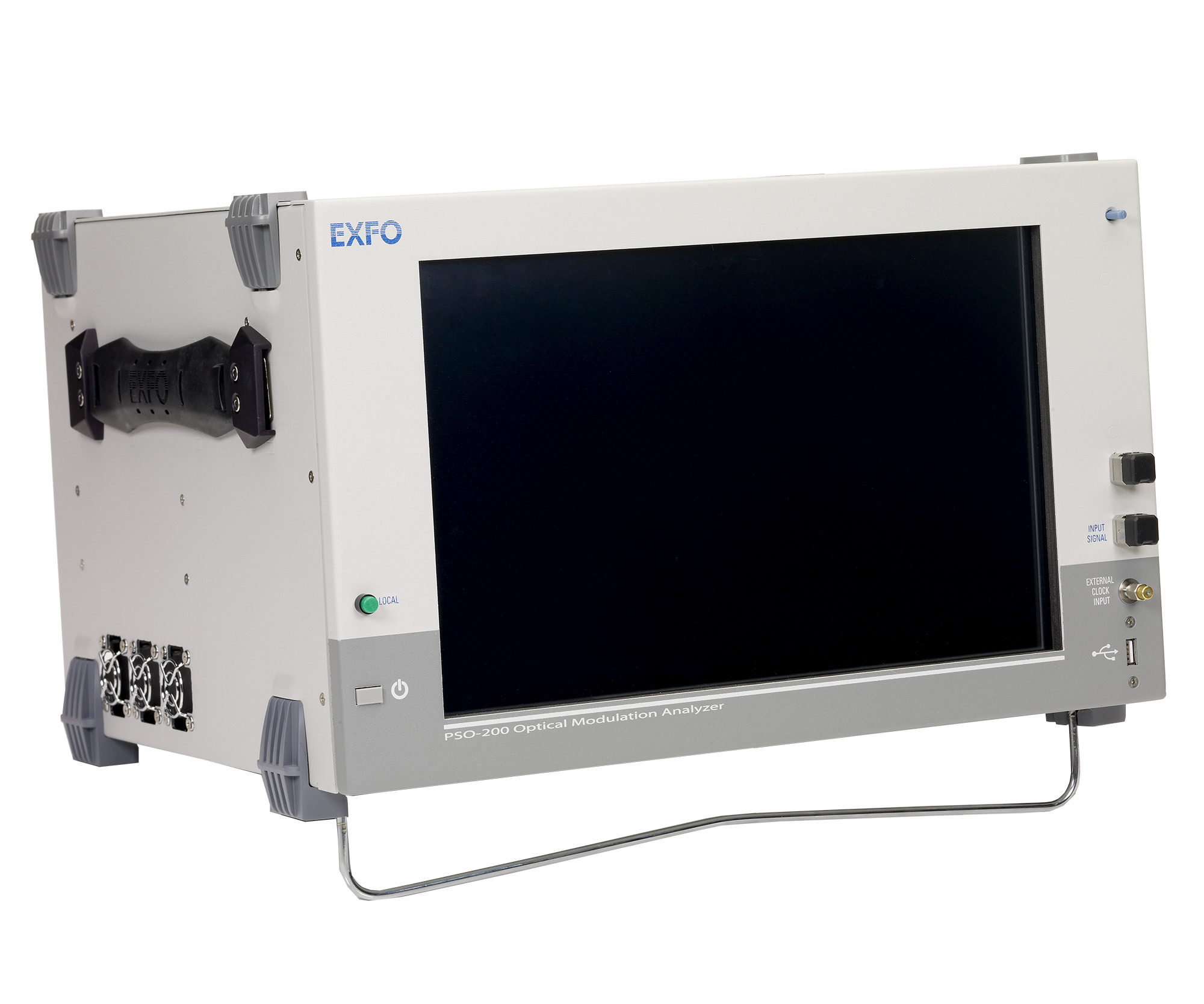optical modulation analyzer
- Discontinued date: 12/18/2018
- End-of-service and support date: 11/1/2023

All products
optical modulation analyzer





